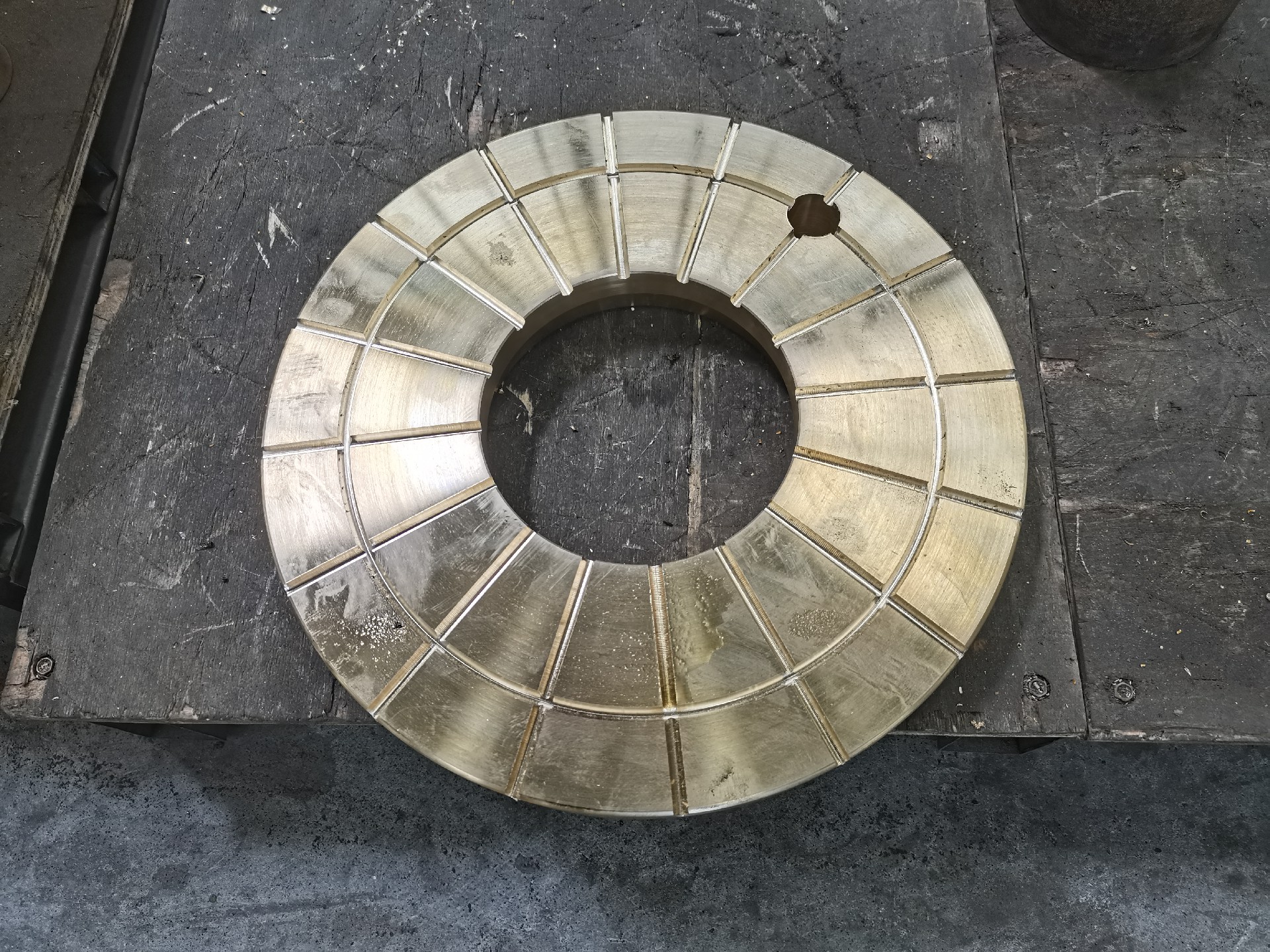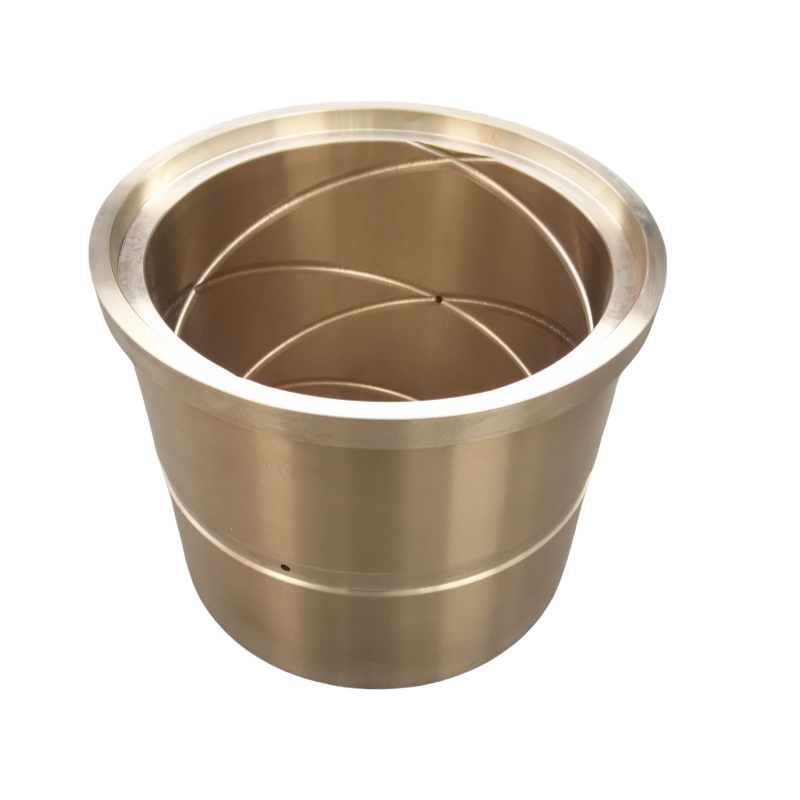 Mazhuang Village, Yuhe Town, Huixian City, Xinxiang City, Henan Province, China
Mazhuang Village, Yuhe Town, Huixian City, Xinxiang City, Henan Province, China
 Service Hotline +86 17630258963
Service Hotline +86 17630258963  Cell phone +86 17630258963
Cell phone +86 17630258963 Material Composition :
Phosphor Bronze :
Contains tin and phosphorus, which significantly enhance wear resistance and stiffness. Tin improves strength and corrosion resistance, while phosphorus contributes to wear resistance, making it ideal for high-stress applications like bearings and bushings (Copper Development Association).
Aluminum Bronze:
Known for high tensile strength and low friction coefficient, aluminum bronze excels in wear resistance, particularly in applications involving high temperatures and harsh environments, such as brake pads, worm gear wheels, and wear plates (AmpcoMetal).

Microstructure :
The microstructure of copper alloys, such as the formation of copper phosphide phases in phosphor bronzes, plays a critical role. Proper heat treatment and annealing processes can optimize the distribution of these phases, enhancing the alloy's overall wear resistance (Copper Development Association).
Surface Treatments :
Techniques like nitriding or the addition of solid lubricants can improve the surface hardness and reduce friction, thereby increasing the wear resistance of copper alloys .

Alloying Elements :
Copper-Nickel Alloys :
These alloys have excellent resistance to marine corrosion and biofouling. The addition of nickel to copper improves both strength and corrosion resistance without affecting ductility. This makes them suitable for marine environments and applications like boat hulls and offshore sheathing (International Copper Association).
Tin Bronzes :
Adding tin to copper significantly enhances corrosion resistance. Tin bronzes, containing 3-8% tin, are used in springs, pump and valve parts, and other applications requiring high mechanical strength and corrosion resistance. Increasing tin content to around 10-12% further improves these properties.
Environmental Resistance :
Copper alloys are known for their ability to form a protective surface film that resists corrosion. This property is particularly beneficial in moist, polluted, or marine environments, where the alloys can maintain their integrity for extended periods (International Copper Association).
Surface Coatings and Treatments :
Coatings and surface treatments can further enhance the corrosion resistance of copper alloys. For example, applying protective coatings or performing specific treatments like anodizing can create an additional barrier against corrosive elements .
Conclusion:In conclusion, the wear and corrosion resistance of copper alloys are significantly influenced by their material composition, microstructure, and surface treatments. These properties make copper alloys suitable for a wide range of industrial applications, from marine and automotive to aerospace and general engineering (International Copper Association) .
